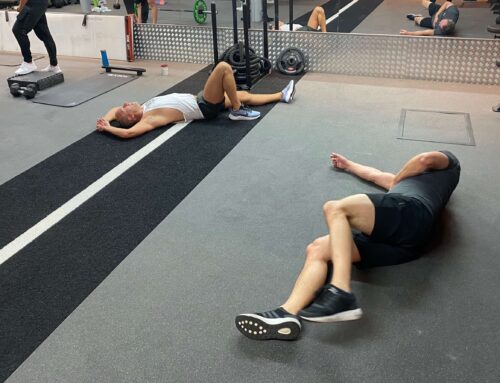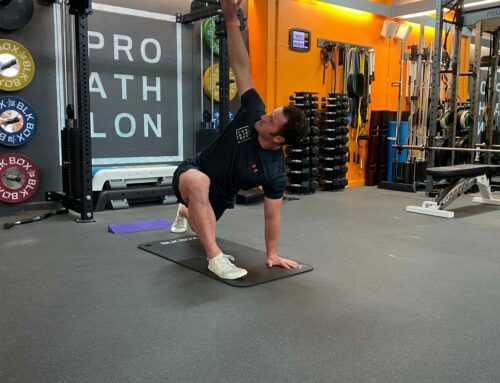Using tempo and creating time under tension is so effective for increasing strength, muscle mass and overall performance.
We know the feeling. The set is 10-12 reps, and we’d love to get them done as fast as possible. It feels great to rack up the numbers and hit those targets without a shake or a wobble. The truth is, for certain training styles that is totally fine and effective, so why do we emphasise the slower tempos and make you suffer?
One, because we love to see you struggle. I jest, but your results want you to work for longer and so do your strength goals.
Two, for the following more serious reasons:
GOD/GODESS-LIKE TECHNIQUE
Slowing down your reps forces you to concentrate, remain focussed on which muscles need to work and you’ll find yourself recruiting other muscles to help stabilise the entire party. This is particularly important for those who are new to weight training. It will also expose some weaknesses in your body which is priceless information to help you improve and learn what needs to be worked on.
INJURY PREVENTION
This is the reason that the ego doesn’t care so much about, hence it being so important. Due to us slowing your reps down, you’ll likely be lifting slightly lighter weights than you might be capable of. ‘How offensive and unhuman’ I hear you cry! ‘Have you not seen my biceps?’. Bear with me. Something I heard years ago that has always stuck with me is, ‘Your muscles can’t count’. Muscles grow and strengthen due to being broken down under stress, they can’t see if it’s a 10kg dumbbell or the 12.5kg I used last week which compromised my form. So, let’s check the ego, get stronger and get better. Remember patience can be a virtue.
THE GROWTH CHAMBER
Tempo increases time under tension, time under tension recruits more muscle fibres and damages the little buggers which your wonderful body will then work its magic to repair, bringing said fibres back stronger and sexier every time. Your nervous system also can’t count, so when it’s under stress all it is thinking is ‘wow, I need to be stronger here, let me increase strength in that area so I can manage that load next time’. So, if we fuel the body correctly, we will make the correct changes, it’s science. Stick this on repeat and get yourself ready for summer, cos it’s comin’.
HOW IS TEMPO PROGRAMMED?
The tempo at which you perform an exercise is written with four numbers. For example, 2111. Each number corresponds to a particular part of a movement:
First number (2) = is the eccentric (lengthening under tension) part of movement. For example, the lowering phase of a press up or the upward phase of a lat pull down. It is important to control this section of the movement because it’s where you’ll gain strength the fastest. Eccentric contractions are also where you’ll most likely get injured, so slow down and protect yourself.
Second number (1) = is time spent paused in the stretched position. Pauses are useful for increasing time under tension and for getting over strength plateaus
Third number (1) = is the concentric (shortening under tension) part of movement. For example, pushing up from a press up or pulling down the bar for a lat pull down.
Fourth number (1) – is the time spent paused in the shorted position. Pauses here are useful for “feeling” the muscles that you are trying to contract. Pauses on pulling movements like rows or lat pull downs are also useful to ascertain the correct weight. We coach, only pull as much as you can pause.
Not clear? Check out the video below of PROATHLON coach Gavin Lander coaching his client through an incline chest press with a tempo on 2111.
Tempo training, slow down, work longer, work harder and you’ll soon see the progress.
Want to get into weight training? Fill in your details below and we will be in contact for a consultation.
Book a free consultation
Leave your details and we’ll get in touch to arrange a consultation to discuss your goals.






